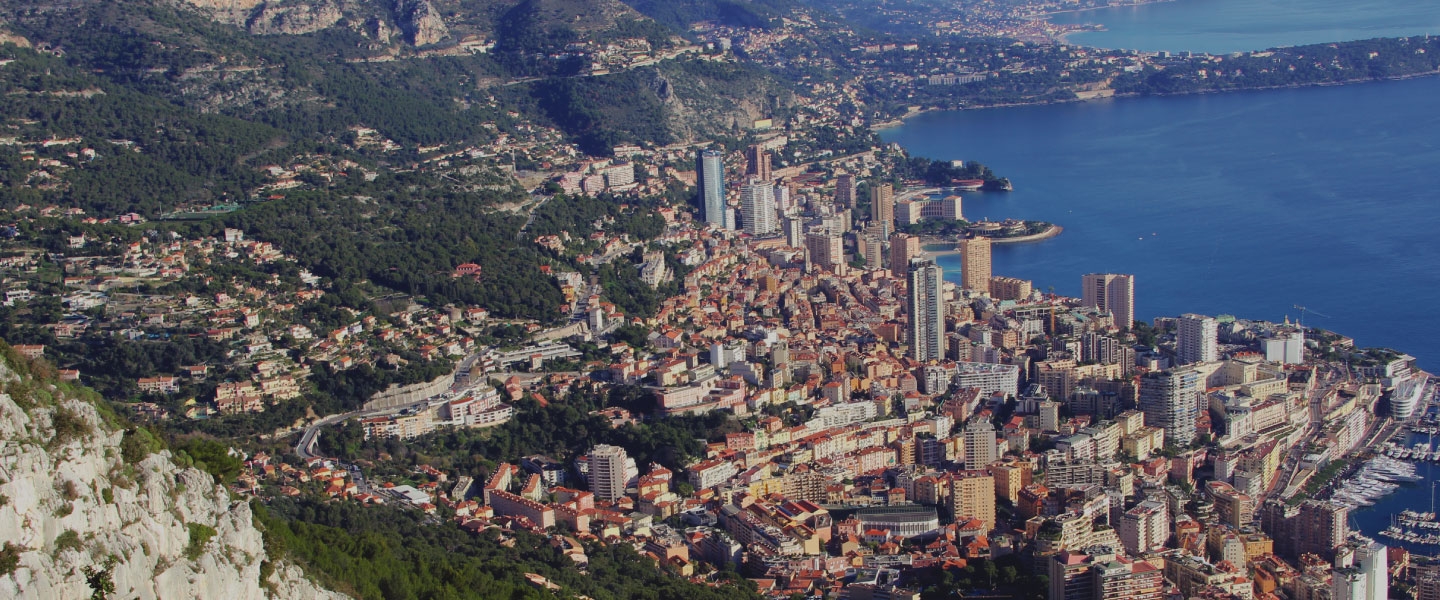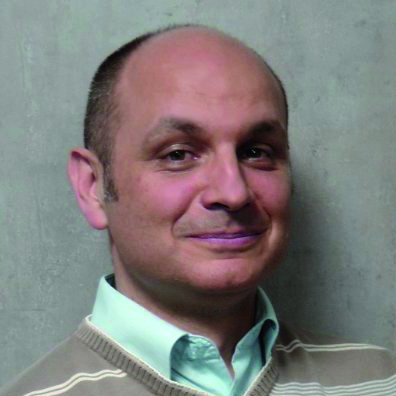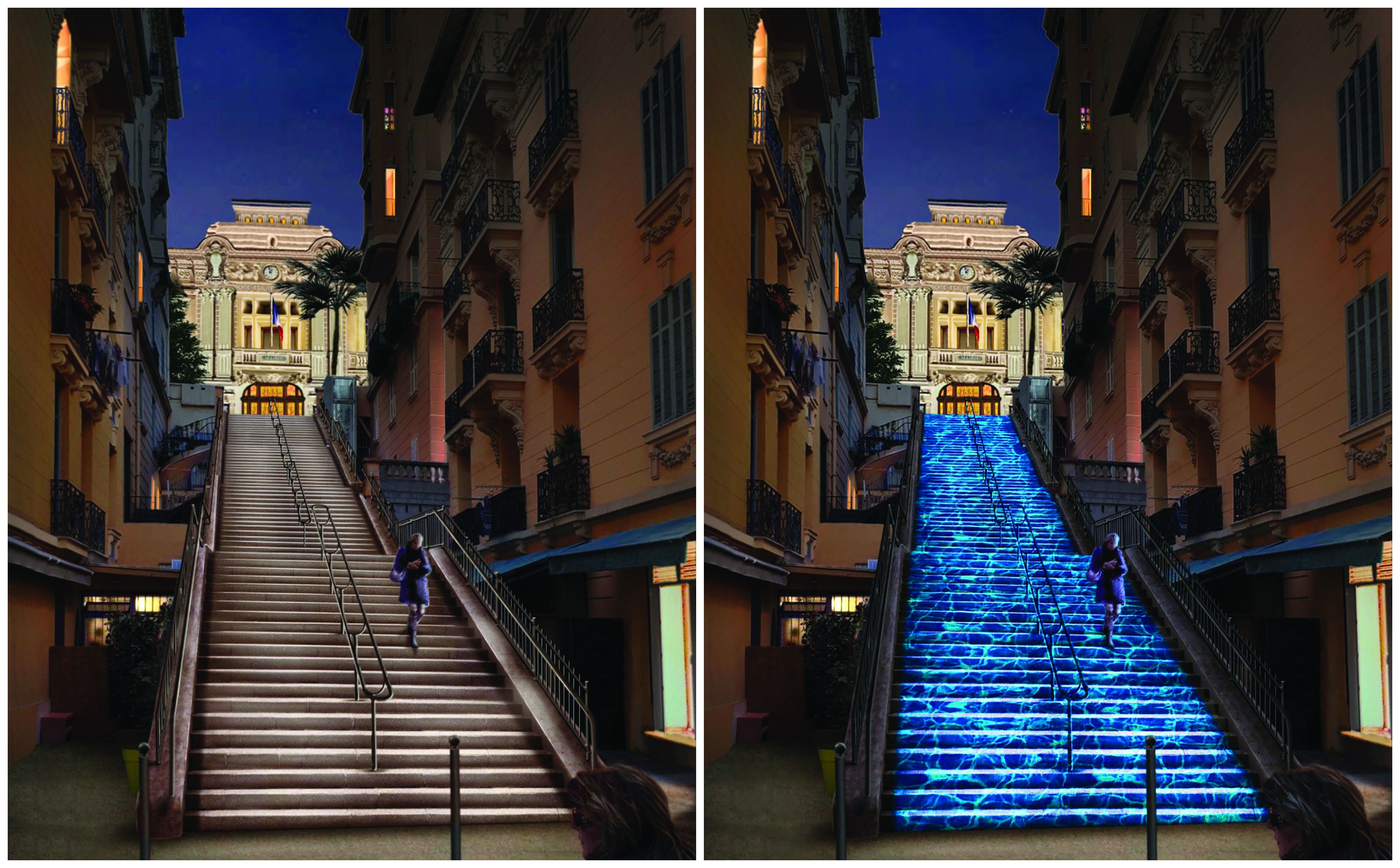
Meeting with Pierre Pintaric, Director of Information Systems of the municipality of Beausoleil
To make its territory more attractive and easier to live in, but above all to make it more in tune with users’ needs; to bring it towards greater agility in its urban services, more coordination and management of its facilities and more energy optimisation; this is the ambition of every public actor. Bouygues Energies & Service, as experts in Smart City architectures, is currently supporting the municipality of Beausoleil in this process. The project is envisaged step by step, thanks to open, modular and personalized solutions... Meeting with Pierre Pintaric, Director of Information Systems of the municipality of Beausoleil.
What makes Beausoleil so special?
 The major specificity of the municipality of Beausoleil is that it is located on a hill and at the outskirts of the Principality of Monaco. It opens entirely onto the Mediterranean and is characterised by the charm of its passages, squares and small gardens in the heart of the city and by its famous staircases that branch off its territory. From an economic point of view, it should be noted that the municipality has about 14,000 inhabitants, 80% of whom work in Monaco. The development of the Monegasque employment area places us in particular facing challenges of improving mobility and absorbing part of the traffic flows. For example, we are seeking to encourage pedestrian travel and the use of public elevators and escalators that eliminate the need to walk up the city’s steep streets.
The major specificity of the municipality of Beausoleil is that it is located on a hill and at the outskirts of the Principality of Monaco. It opens entirely onto the Mediterranean and is characterised by the charm of its passages, squares and small gardens in the heart of the city and by its famous staircases that branch off its territory. From an economic point of view, it should be noted that the municipality has about 14,000 inhabitants, 80% of whom work in Monaco. The development of the Monegasque employment area places us in particular facing challenges of improving mobility and absorbing part of the traffic flows. For example, we are seeking to encourage pedestrian travel and the use of public elevators and escalators that eliminate the need to walk up the city’s steep streets.
To support these new uses, which development axes are you heading towards?
The city is increasingly equipping itself with so-called “connected” equipment, such as elevators, escalators, alarms, video-protection cameras, etc. Each of these tools considerably improves the quality of life of the inhabitants, but we note that until now, there has been little coordination and connection between them since each is necessarily managed by a specific interface. Our aim: to set up an intelligent, shared and transversal interface.
A shared interface would allow you what?
This single management interface would allow us to establish a kind of dashboard that will initially allow us to optimize the management of the city’s operations. For the good of the community, it is a question of automating everything that can be automated and making the equipment interact with each other. From an organisational point of view, if each department has a transversal vision of the actions carried out by the others, we avoid our agents to carry out actions that are not anticipated or without added value. Efficiency and responsiveness are then replaced by planning technical interventions or by better and faster arbitration and communication on alerts or unforeseen events. Obviously, the efficiency at the heart of the city’s services offers a continuous improvement in the quality of life of its inhabitants. We are working with the various stakeholders in the territories, including Bouygues Energies & Services, to define the cases of use on which we could act as a priority
Which applications do you think about?
Different cases of use have been imagined, ranging from the urban lighting that activates pedestrians to the proposal of itineraries to avoid in case of a period of heavy pollution while automatically communicating on those to be preferred. We also thought about automating the descent and ascent of elevators based on the flow of people using the escalators. In addition, we want to be able to anticipate material failures and direct users to devices in good condition. Finally, sound and WiFi access services are being developed.
Then what did you do about it?
As I was saying, there is first of all a vision and a will. The Mayor’s responsibility is to make our services and equipment better connected and more efficient, for the  benefit of the inhabitants and all users. We then considered a project to optimise energy performance and modernise the public lighting fleet. Very soon afterwards, in November 2017, at the Salon des Maires, there was a discovery: the demonstrator of the connected city, deployed by Bouygues Energies & Services. By supervising the equipment and services related to urban space management, the solution meets the needs of connection, automation and therefore the efficiency of public action for a municipality like Beausoleil. Bouygues Energies & Service then supports us in optimising our public lighting by switching it to 100% LED. 1,098 light points will therefore be replaced at the end of the contract as well as 51 counting and control cabinets. The energy management and maintenance of the city’s lighting network is also ensured with a commitment to reduce the electricity bill by 77.4.
benefit of the inhabitants and all users. We then considered a project to optimise energy performance and modernise the public lighting fleet. Very soon afterwards, in November 2017, at the Salon des Maires, there was a discovery: the demonstrator of the connected city, deployed by Bouygues Energies & Services. By supervising the equipment and services related to urban space management, the solution meets the needs of connection, automation and therefore the efficiency of public action for a municipality like Beausoleil. Bouygues Energies & Service then supports us in optimising our public lighting by switching it to 100% LED. 1,098 light points will therefore be replaced at the end of the contract as well as 51 counting and control cabinets. The energy management and maintenance of the city’s lighting network is also ensured with a commitment to reduce the electricity bill by 77.4.


